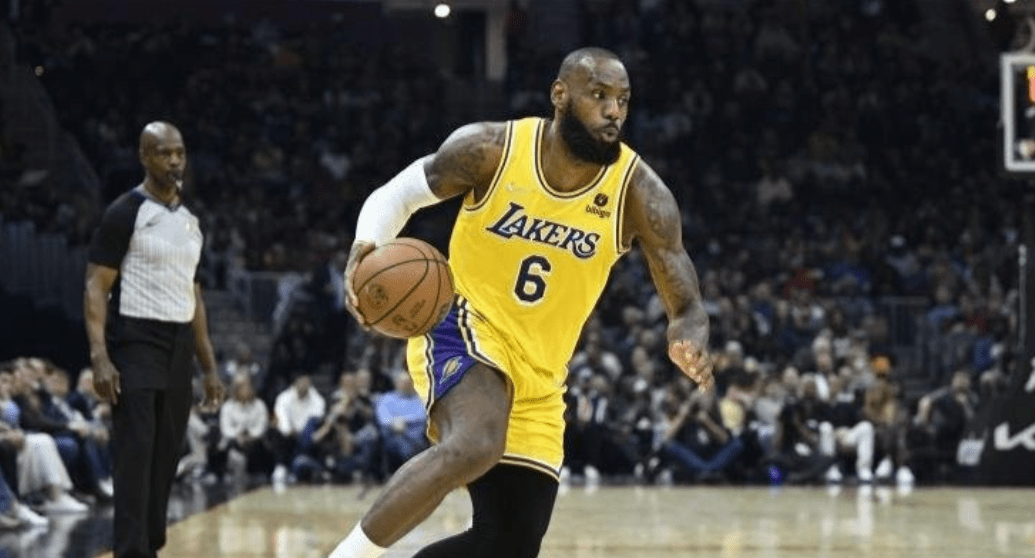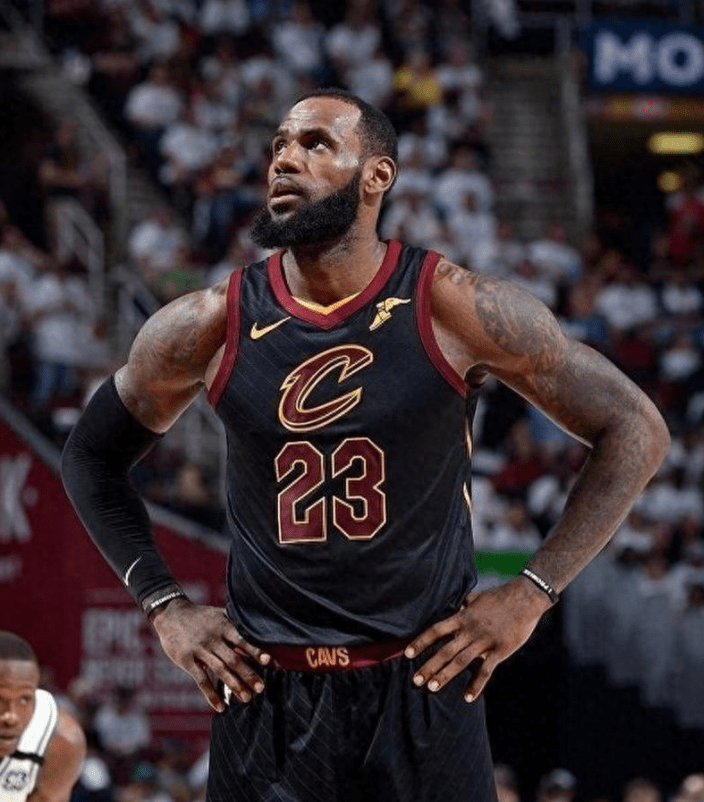The Lakers are rumored to be going all-in with a massive 15-player trade that has set the NBA world ablaze. It's said that they're planning a "four-team trade" involving the Lakers, Hawks, Nets, and Trail Blazers, with the ultimate goal of acquiring key players to build a team centered around Trae Young and Anthony Davis, while also transitioning LeBron James into a supporting role as the "third man."

This news has sparked intense debate among fans: Is this a life-or-death gamble for the Lakers, or a strategic move? It's undeniable that such a large-scale trade carries significant risks and pressure, and one misstep could turn a bold bet into a costly loss.

To understand the logic behind this potential trade, we must first consider the Lakers' current situation. The team has long struggled with roster issues, and this season has been another harsh lesson. Their mediocre record, limited salary cap space, and the looming end of James' career have pushed the management to take a big swing.

However, this rebuilding demand didn't come from the management alone but was commissioned by the team's dual-core leaders.

LeBron James and Anthony Davis are the cornerstones of the team, but their current state is concerning. James, at 38, remains formidable but is showing signs of strain from carrying the offensive and organizational load. He urgently needs a young, creative backcourt player to share the burden. Davis, on the other hand, has requested a teammate who can bolster the frontline and reduce his physical toll (not to mention his injury-prone physique).

For James and Davis, time is running out for their championship window, forcing the management to consider a high-stakes trade with a "do-or-die" mentality.

This complex four-team trade involves multiple moving parts. The Lakers are targeting three key players: Trae Young from the Hawks, Finney-Smith from the Nets, and Robert Williams III from the Blazers. In this potential lineup, Young would address the lack of creativity in the Lakers' backcourt; Finney-Smith could strengthen the frontcourt defense and increase the team's toughness; and Williams would be the ideal bodyguard for Davis inside the paint. However, the challenges are numerous.

For the trade to go through, it's not just up to the Lakers but also depends on the willingness of the other three teams to part with their assets. The Nets, in full rebuild mode, might be open to trading Finney-Smith if the Lakers offer draft picks. The Blazers might let go of Williams to develop younger talent. The Hawks, however, would demand a hefty price for their star player, Trae Young. Rumors suggest the Lakers might have to empty their coffers, offering a package of draft picks and including young players like Reeves or Hachimura.

With four teams and fifteen players on the negotiating table, each side must carefully consider whether they're getting more than they're giving.

If the trade materializes, James is likely to transition into a supporting role in the new Lakers system. This seems reasonable, as he would focus on organizing and defense, potentially saving energy and demonstrating leadership. But this wouldn't be his first time making such a sacrifice.

From the "James-Wade duo" in Miami to the "James-Irving combo" in Cleveland, James' selflessness is well-documented. In Miami, he reduced his shot attempts to elevate Wade and Bosh; the 2016 Cavaliers championship was largely due to his seamless partnership with Irving.
However, times have changed. This Lakers squad features Davis and a seemingly perfect Young, but the chemistry between the three isn't guaranteed. A mix of ingredients could easily result in an unsavory stew.
Moreover, Young, despite his exceptional skills, would need to adapt to a new tactical system upon joining the Lakers. Even the sharpest backcourt players have vulnerabilities, and adjusting to a new team often comes with growing pains.
In NBA history, there are precedents for such high-stakes trades. The question is, which direction will the Lakers head if they commit to this gamble?
Using their own successful case as an example: In 2019, the Lakers traded for Anthony Davis and won the championship a year later, a trade that will go down in history. However, this came at the cost of numerous draft picks and young talents like Ingram and Ball, essentially exchanging the future for the present. Fortunately, the gamble paid off.
On the other hand, the Nets' "Big Three" experiment with Durant, Harden, and Irving fizzled out quickly, leaving them with lost draft picks and little to show for it. Even James' own history isn't without failed gambles, like the regrettable Westbrook trade that Lakers fans still lament.
Ultimately, super trades are double-edged swords. Success can be glorious, but failure can be catastrophic. The Lakers' management must weigh whether they're willing to risk the future for the present.
Regarding Young himself, he's a double-edged sword. While one of the league's top scoring facilitators, averaging 21.6 points and 12.2 assists per game, he's not flawless. The Lakers need a backcourt player who can fit into the team, but Young's style isn't for everyone. With high ball usage and defensive weaknesses, it's uncertain if he can be the savior the Lakers need in crunch time.
The Hawks face a tough decision with Young as well. With his position unstable and average team performance, this trade isn't just a gamble for the Lakers but also a risk for the Hawks to alienate their fanbase by letting go of their star.
The Lakers must decide whether they're gambling for a championship or merely seeking superficial roster improvements. If the trade can immediately enhance their competitiveness and lead them to the title, it's worth trying. But if it's just dismantling the future for an uncertain tomorrow, this 15-player trade, as crazy as it sounds, deserves serious consideration.
A super trade can change history or destroy the future. The Lakers must approach this with more than just the courage to gamble; they need strategic thinking to avoid a disastrous outcome.